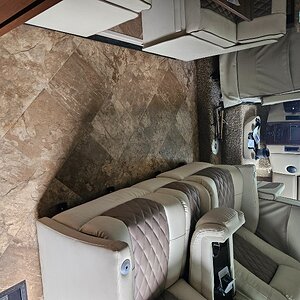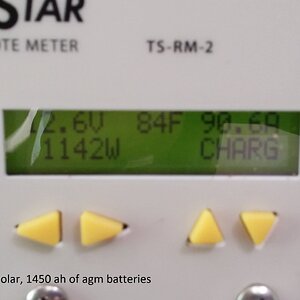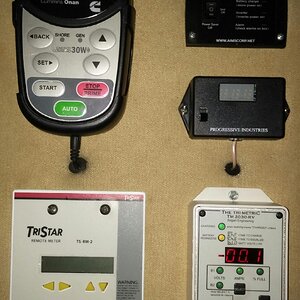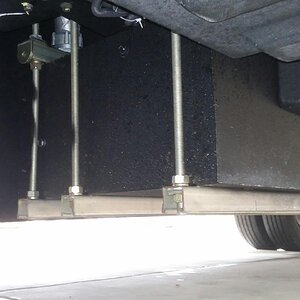TJ&LadyDi
RVF "Dinosaur"
Thanks for that explanation. I suspect that we had an "overload" and tripped the inverter breaker, thus disabling all operation, including pass through. Too many fashion-conscious ladies aboard.Well I'm not Dr. Chuggs but here's my explanation based on my understanding of typical inverter operation. When an inverter is in "standby" or pass through mode it is passing the input AC voltage through to the inverter AC output. The wiring and components (transfer relay etc.) within the inverter cannot handle an unlimited amount of current so there is at least one circuit breaker in line to protect the inverter. Most if not all will have a circuit breaker on the AC input, some may also have circuit breakers on the AC output. In addition to the circuit breaker protection some inverters have built in overload protection that will shut down the inverter in the event of an overload condition. The inverter can then be restarted once the overload condition is addressed.
TJ











